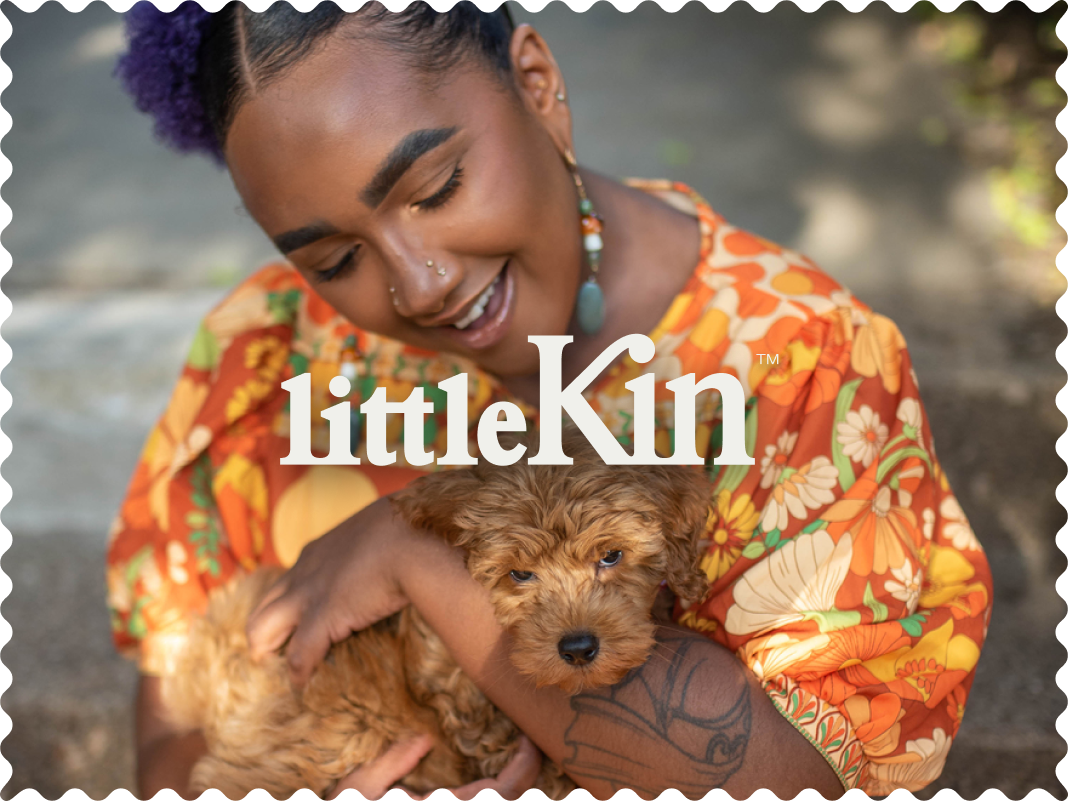How Much Is Dog Insurance?
Don’t leave this research out of your new-pet prep.
In This Article:
What Factors Affect the Cost of Dog Insurance? Types of Dog Insurance Plans Average Cost of Dog Insurance How to Choose the Right Dog Insurance Policy How to Save on Dog Insurance
Have you ever had to rush your dog to the vet after they swallowed something or because they are limping and holding up one paw at the park? If so, you know just how stressful and expensive pet emergencies can be. The good news is that pet insurance can help you manage those surprise vet bills and focus on getting your dog back to full health, instead of worrying about your credit card balance.
Of course, if you’re new to the whole pet insurance thing, you probably have questions. How much does dog insurance actually cost? And which factors determine what you’ll pay each month or year? The answers depend on your dog’s age, breed, health history, and where you live, along with the type of coverage you choose.
Before diving into numbers, it's helpful to understand the basics of what affects your pet insurance costs, the types of plans available, and how to find the right balance between affordability and peace of mind.








